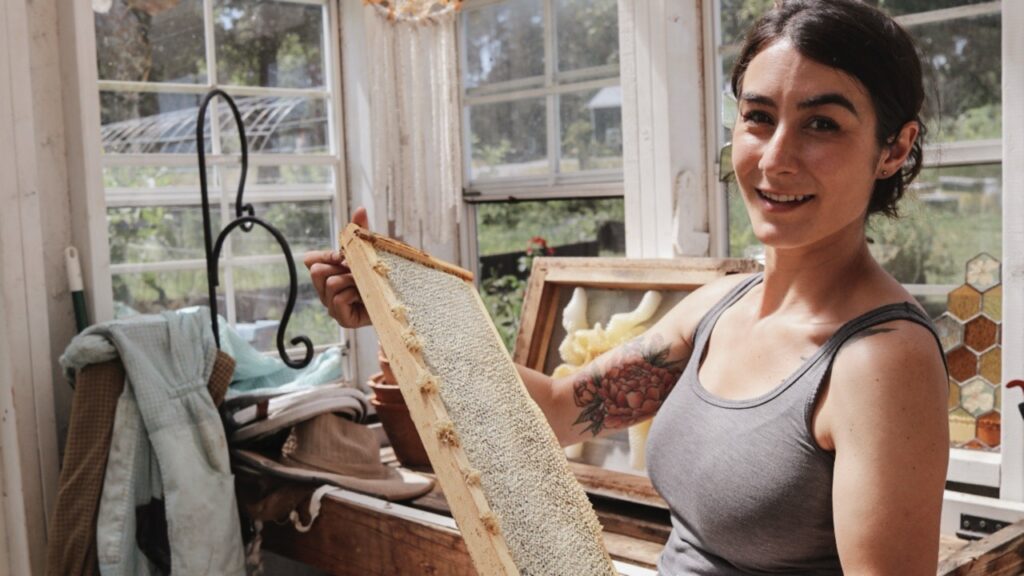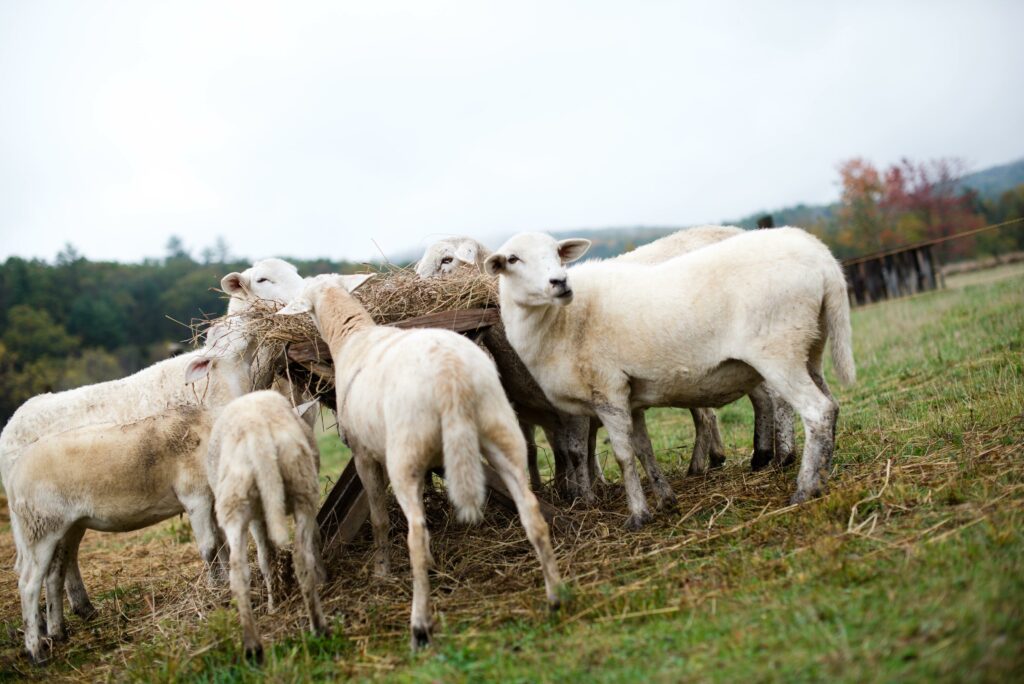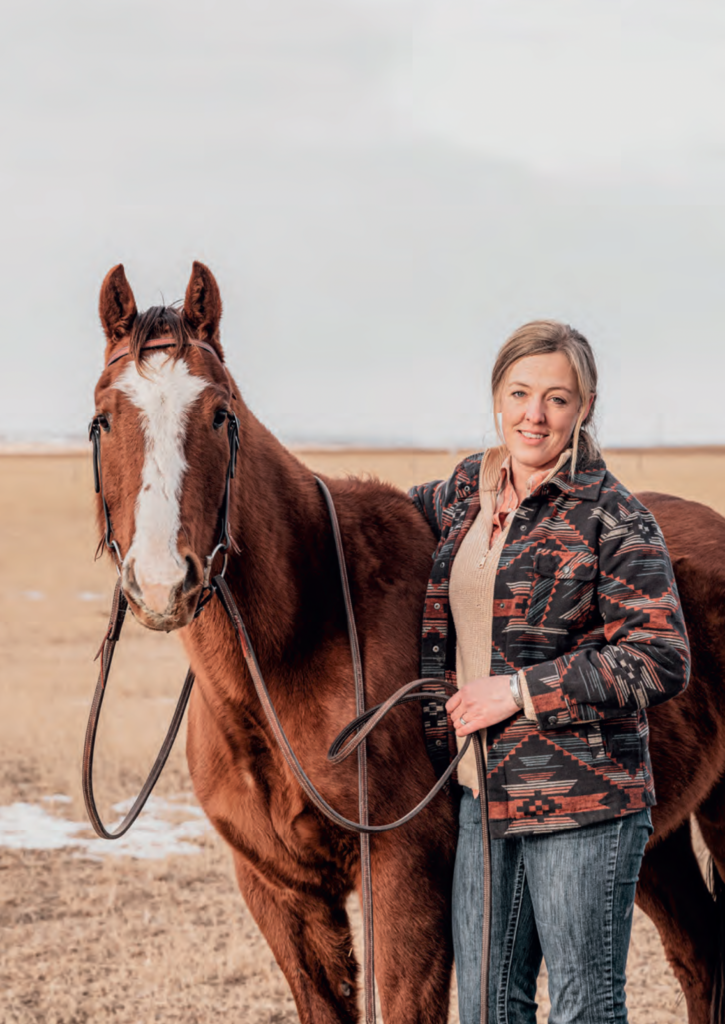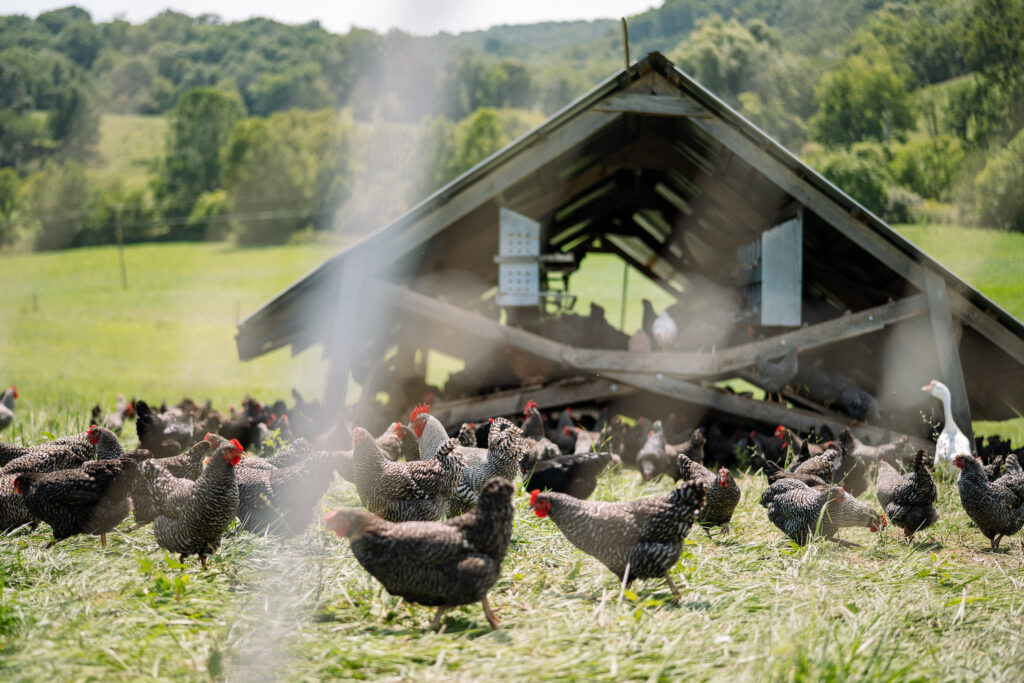Clearing Weedy Growth
The first step that I take towards closing growing spaces for the season is to weed. It is essential that a growing space be cleared of weeds and unwanted growth in the autumn prior to the next growing season.
Overwintered weeds have time to establish more developed root systems throughout the colder months, creating more difficulty in removal come spring. Seed heads from the current season can deposit themselves onto the topsoil, allowing for winter or early spring germination depending on the species.
I have found that weeding heavily in the fall not only reduces weeds the following season, but also removes shelter spaces that harbor rodents from the cold. Depending on whether a garden is in-ground or consists of raised beds or containers, I typically remove unwanted growth by hand or by allowing my weeder geese and sheep to graze these plants.
Allowing Crops to Remain
Allowing crop vegetation to decay in place when the growing season is over allows the nutrients within those plant tissues to return to the soil.
As they break down, they also create a source of organic matter. In my growing areas, crop roots from tomatoes, peppers, and greens, for example, are allowed to stay in place as the roots are already part of a functioning soil ecosystem.
Leaving the roots intact and in the soil facilitates beneficial bacteria and fungi health, allowing mycorrhizae, nematodes, protozoa, and microscopic insects to remain and thrive. This is very important as these living inhabitants form an ask-and-receive relationship with plant roots.
In exchange for sloughed off plant cells and exudates as a food source, these microscopic organisms provide nutrients and hydration to the roots of crops as they are needed.
Crop roots that are left in place decay over time, keeping the soil loosened and aiding in preventing erosion. By encouraging this functioning soil system to stay in place over the winter, plants that are sown, transplanted, and grown in the spring will receive a boost from an already thriving microscopic population of “plant helpers” within the soil.

The only crops that are cleared entirely from my garden in the colder months are plants that have visible signs of disease or heavy pest infestation. For example, tomato plants exhibiting symptoms of blight are cleared and discarded in a trash bin.
Another example is the female squash bug. They overwinter within the stems and stalks of gourd and pumpkin vines. If a gardener experiences a heavy infection of squash bugs during the growing season and allows the plants to decay in place over the winter, the females will return the following season and the population will heavily increase.
These infected plants are best cleared and burned.
Animal Grazing in the Garden
Once weedy growth is cleared from my food forest and raised bed growing areas and I’ve removed any infected plants that could carry pests or disease to the garden the following year, it’s time to turn my animal helpers loose.
The ducks and geese are the first group to enter a growing space as they eagerly forage for fallen tomato fruit, unwanted cauliflower and broccoli leaves, decaying foliage, snails and slugs, and other insects. I consider this bunch to be the “sanitation crew” for their impeccable cleaning abilities.

After I consider the garden “cleaned,” I invite my sheep into the growing space. They have helped me to clear excessive grassy or leafy vegetables or weeds from both raised bed and in-ground garden spaces.
Both groups of animals leave their droppings as they forage, contributing nutrients and organic matter to the soil. My horses are too large to graze these spaces, so they’ll help with clearing new areas as needed (see later in this article). The sheep are removed when the crops are heavily grazed.
Amending Soil

By the time the garden has been cleared, I am ready to focus on soil improvement. I hot compost my horse manure throughout the year, and fall is a wonderful time to add finished compost to the garden. Plants ingest nutrients in liquid form; they do not ingest solids. Because compost is solid, it takes several months to break down further and to release its nutrients in a readily available form for plants to benefit from.
If I top-dress my growing spaces with compost in the autumn, liquid nutrients will be available for the plants to ingest by spring. Note that if a grower is unfamiliar with the nutrient levels within their soil, autumn is a great time to conduct a soil test and to make any other additions.
After amendments are added and the soil has been fed, it’s time to cover and protect the area with either mulching straw or cover crops. Mulching straw prevents nutrient loss through solarization or erosion, helps maintain moisture, and will eventually add another layer of organic matter.
At my homestead, I have started sowing cover crops as a “green manure” source before applying any straw mulch.
Planting Cover Crops
My journey with cover crops started in my pasture spaces. I fell in love with the idea that forageable plants could feed my animals and improve my soil at the same time.
It was after I saw the benefits of these cover crops first-hand that I decided to start incorporating them into my winter gardening regimen.

Here at my homestead, I plant crimson clover, hairy vetch, and buckwheat. These cover crops are sown 4 weeks before my average first date of frost.
This allows the plants plenty of time to establish before the coldest portions of the year. They will remain in my growing spaces until I am ready to plant in the spring, at which point they will be chopped and dropped directly onto the soil.
I chose these specific crops for their abilities to contribute different properties to my soils. Some cover crops are better at supplying nitrogen, phosphorus, and potassium than others.
Some are preferential when trying to prevent erosion, loosen compacted soils, or attract beneficial insects. A wonderful resource for researching cover crops and their contributions to soil is free on The Rodale Institute’s website.
Creating New Growing Spaces
I employ draft horses on my homestead for their pulling power, manure, and rotational grazing benefits. They also are useful in clearing small grassy spaces for next year’s pumpkin patch, corn plot, or potato patch. I turn my horses out onto these spaces in the autumn before the next growing season.
Once the area is cleared, I pile compost heavily throughout the winter season. By the time spring arrives, I have an incredibly fertile plot of land that can support heavy feeders like pumpkins and squash.
Seeds are sown directly into these soils at planting time and, as a result, the vines are self-sustaining all growing season. I grow large, nutritionally dense pumpkins and gourds without added fertilizers thanks to the plethora of compost into which they are sowed.
You don’t have to do everything listed here in your next garden. Applying any of the advice here will help prepare you for your next growing season, and every step counts. When I started homesteading, I was of the mindset that a successful growing space was the product of isolation between gardener and the garden.
But I have since learned and experienced that my greatest garden productivity, harvest quality, yields, and soil structure is a result of nature’s design: a network of plants and animals all working together to create a thriving growing space.






Leave a Reply